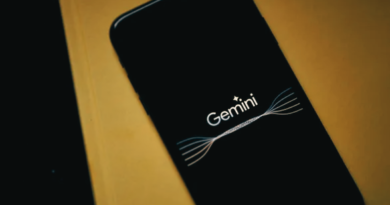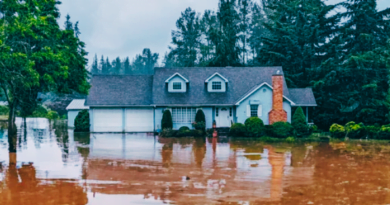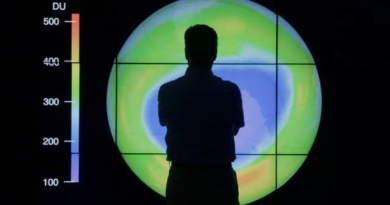Scientists Predict Wildfires with Advanced Artificial Intelligence

Scientists are using artificial intelligence to forecast wildfires more accurately, offering crucial insights into fire management and mitigation strategies for enhanced environmental protection and public safety.
Since 2021, the LightningCast AI model has emerged as a powerful tool for scientists forecasting wildland fire incidents, with implications for future crewed missions to Mars and broader climate change challenges.
Forecasting fire weather is inherently complex, with myriad challenges before and during wildfire events. A multitude of factors must be considered to estimate fire spread and potential impacts on communities. Heath Hockenberry, National Fire Weather Program Manager at NOAA’s National Weather Service, highlights forecasting challenges in complex terrain, fuels assessment, and risk communication.
Weather, particularly lightning, plays a pivotal role in wildfire development and behavior. Lightning strikes across the United States annually not only result in injuries and fatalities but also trigger wildfires, especially in dry conditions. Hazardous lightning, unaccompanied by rain, poses a significant threat, with a single strike capable of igniting a full-fledged fire, often with minimal warning.
To aid forecasters in predicting and mitigating wildfire risks exacerbated by human-driven climate change, artificial intelligence (AI) has been integrated into disaster forecasting. AI helps discern high-risk fire incidents from the multitude of wildfires annually, enhancing risk assessment and management.
AI has been leveraged across various sectors, including severe weather prediction, hurricane tracking, and aviation monitoring. The LightningCast AI model, developed by John Cintineo at the University of Wisconsin/CIMSS, utilizes NOAA’s GOES-R satellites to process vast amounts of environmental data, providing timely and accurate fire weather forecasts.
By analyzing satellite imagery and environmental data, AI automates tasks traditionally performed by humans, enabling more informed decision-making and resource allocation. LightningCast has proven instrumental in fire weather forecasting, aviation support, and severe weather monitoring.
AI’s role in disaster forecasting is poised to expand, with ongoing advancements supported by collaborations and legislative initiatives like the Bipartisan Infrastructure Law. NESDIS is testing AI algorithms, such as the Next Generation Fire System (NGFS), to enhance early fire detection, predict fire behavior, and monitor intensity and smoke production continuously.
AI continues to evolve and integrate with satellite and environmental data sources, and forecasters anticipate significant strides in detecting and mitigating wildfire risks, ultimately bolstering disaster preparedness and response efforts.








